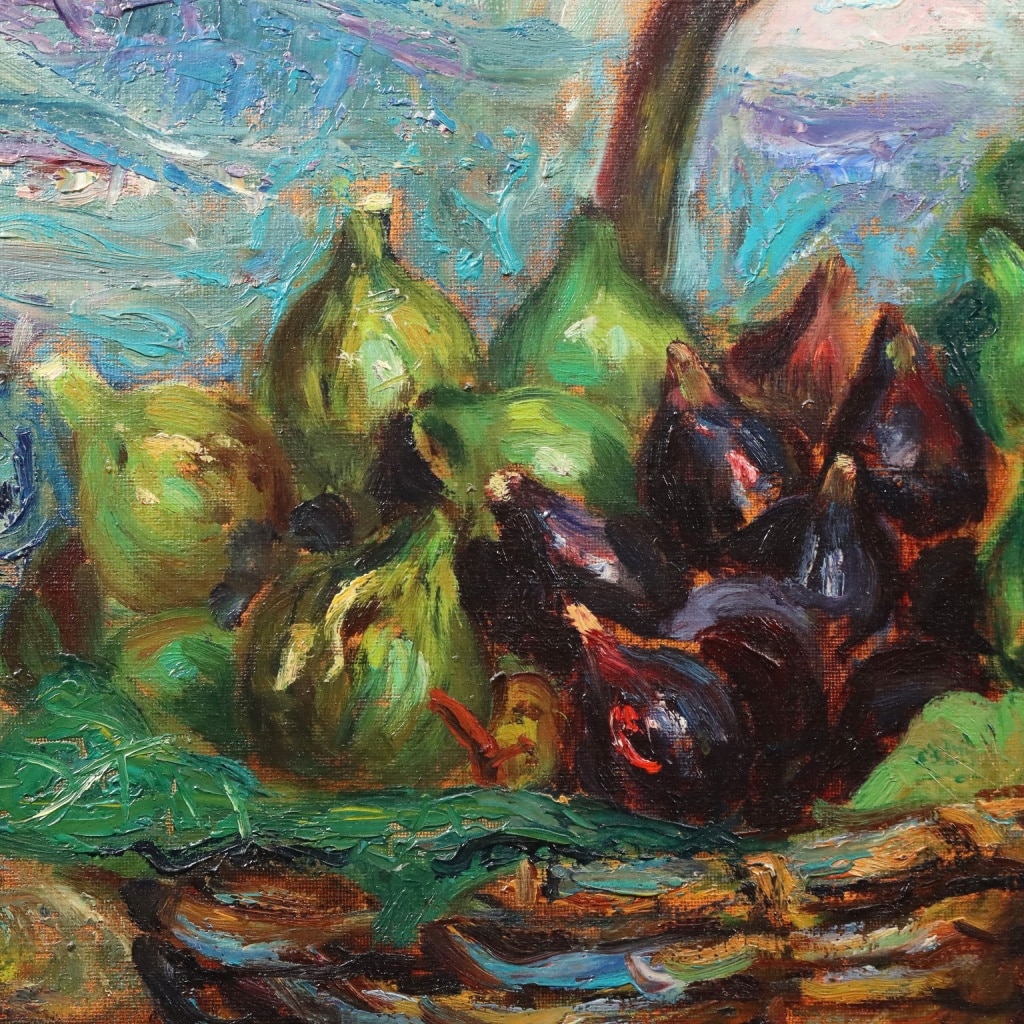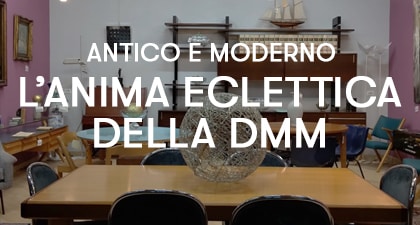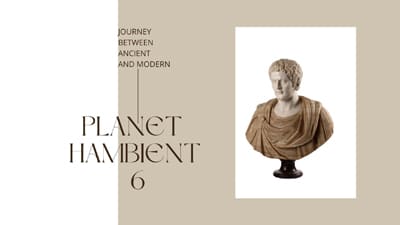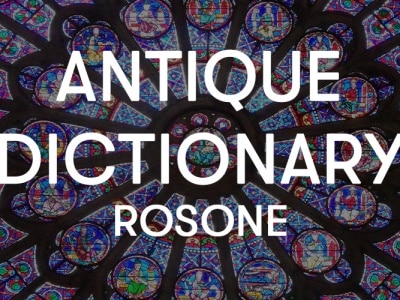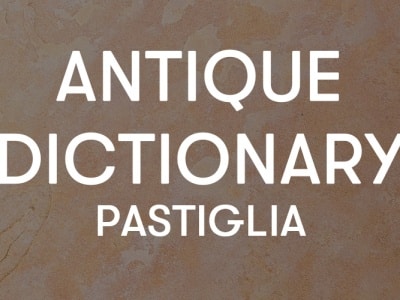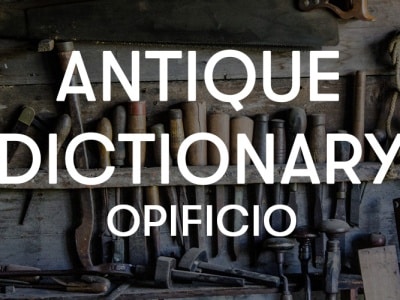
This Monday’s word is a bit peculiar for our dictionary: still life. We will discover together the history of its affirmation and diffusion, its use in art and cabinet-making and also some interesting curiosities.
What is Still Life?
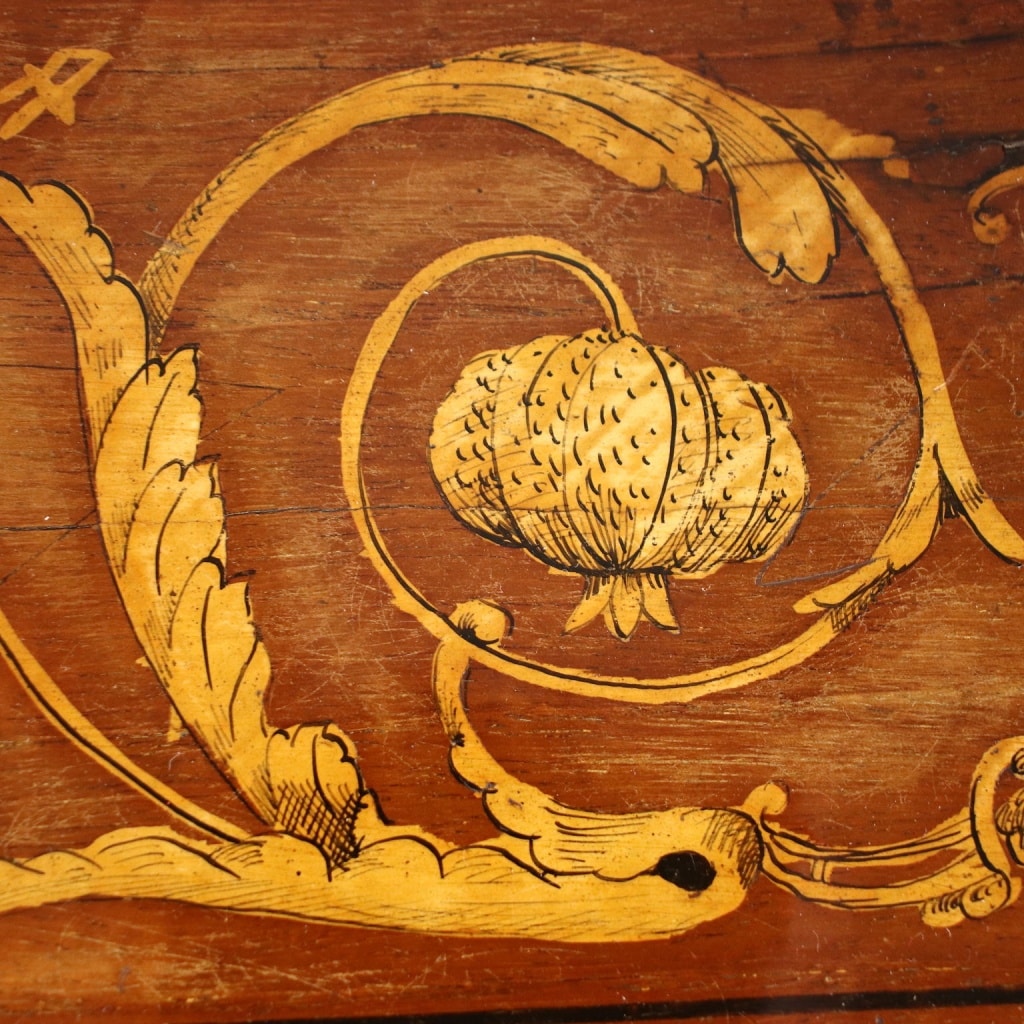
First of all, however, let’s start with the definition. Still life is the representation of inanimate objects, which traditionally are mainly flowers, fruits, leaves; But often dead animals, skulls, musical or other instruments are also depicted. It is made with all painting techniques and on all surfaces: frescoes, perhaps like trompe l’oeil, rather than oil on canvas and board. Even sculptors have ventured into this genre, mainly in high and bas-relief, but there is no shortage of all-round examples. Finally, still lifes are very frequent in cabinet-making in the decorative elements of the furnishings, both in inlays and carvings.
A curiosity about Still Lifes
It is interesting to note that the expression still life is not only established in Italy long after the tradition of representing inanimate objects has now been consolidated, but also that in northern European countries, both German-speaking and Anglo-Saxon, the corresponding is still life or still leben. Both expressions play on the same ambiguity to underline the difficult challenge of the artist from opposite perspectives. The Italian word “nature” in fact contains the idea of life, and almost always the flowers, leaves and fruits are portrayed when they are still “alive”, but cut, therefore close to death. The artist has the arduous task of making them eternal through his work. The English expression, on the other hand, expresses exactly the same process, but with more emphasis on life being immobilized. But now let’s see the origins and the centuries-old history of this sort of competition in beauty and harmony between art and nature, of which the artist becomes a playing field, rather than a player.
What is the origin of Still Lifes?
Traces of depictions of objects and minute or natural things dating back to Egyptian, Oriental, Hellenistic and Roman antiquity have come down to us. In particular, we know the Roman tradition of rhyparographia – paintings of things of little value – and xenia – depiction of gifts for guests – but they do not correspond exactly to the modern conception of still life. In fact, after the lack of interest in the Middle Ages for naturalistic representations, it is from the fifteenth century that an interest in the objects of the natural world in the Flemish taste and in the golden age of Italian inlay resurfaces. But only at the end of the following century various trends lead to the fortune of still life: the resumption of classical subjects, the “proto-scientific” curiosity for the investigation of nature, the search for simplicity as an alternative to previous emphatic compositions. Thus, at the turn of the sixteenth and seventeenth centuries, paintings of inanimate subjects of everyday life spread from Holland to Italy. Despite the contempt of contemporary criticism, the demands of bourgeois clients, who appreciate the reduced format and domestic, secular themes, are preponderant.
Still Life in Italy
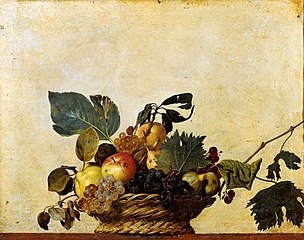
In Italy it is possible to precisely date the definitive affirmation of still life as a genre of absolute artistic value. The key moment is around 1596, when Cardinal Borromeo has the Fiscella sent from Rome to Milan, today known as Canestra di Frutta , a wonderful work by Caravaggio, still preserved today at the Pinacoteca Ambrosiana. Since then, throughout the ‘600, despite the persistent misunderstandings and denigrations of a part of the pictorial world, still lifes took over. This genus, as mentioned, also responded to the need of the newborn scientific mentality to have available a reproduction as exact as possible of plant and animal features. Alongside this, however, these paintings for two centuries also use allegorical references, linking each element to a precise meaning. For example, flowers, with their transience, evoked the theme of vanitas, the precariousness of everything. In general, the central theme is the exaltation of life, while also emphasizing its transience. Famous in this sense is once again the Basket of Fruit by Caravaggio in which a series of extremely realistic details are recognizable: the holes in the leaves, a slight yellowing of one, the folding of the beginning of drying, a small detail of inacco on the reddish apple. Until then, the paintings represented reality idealizing it, the genius of Caravaggio was precisely to introduce, through extreme realism, the theme of life which, being aging, decomposition, contains death in itself.
An example of Still Life
Still lifes experienced a period of relative decline in the eighteenth century, but great masters such as Cezanne and Van Gogh restored vigor and centrality to still lifes in the nineteenth century. This theme does not cease to be covered by many artists to this day, as evidenced by a painting recently arrived in our warehouses. It is an oil on canvas painted by a descendant of the noble Gonzaga, a twentieth-century painter. Self-taught – or rather, as he would have defined himself, disciple of Nature – he has his characteristic trait in the talented and skilful management of colors that also combine here to create a harmonious and lively beauty. It seems to us that this Basket of Figs can give a sense of strong warmth and hospitality to a home. Among other things, given the subject, it is very nice that it happened to us right at the beginning of autumn, don’t you think?

